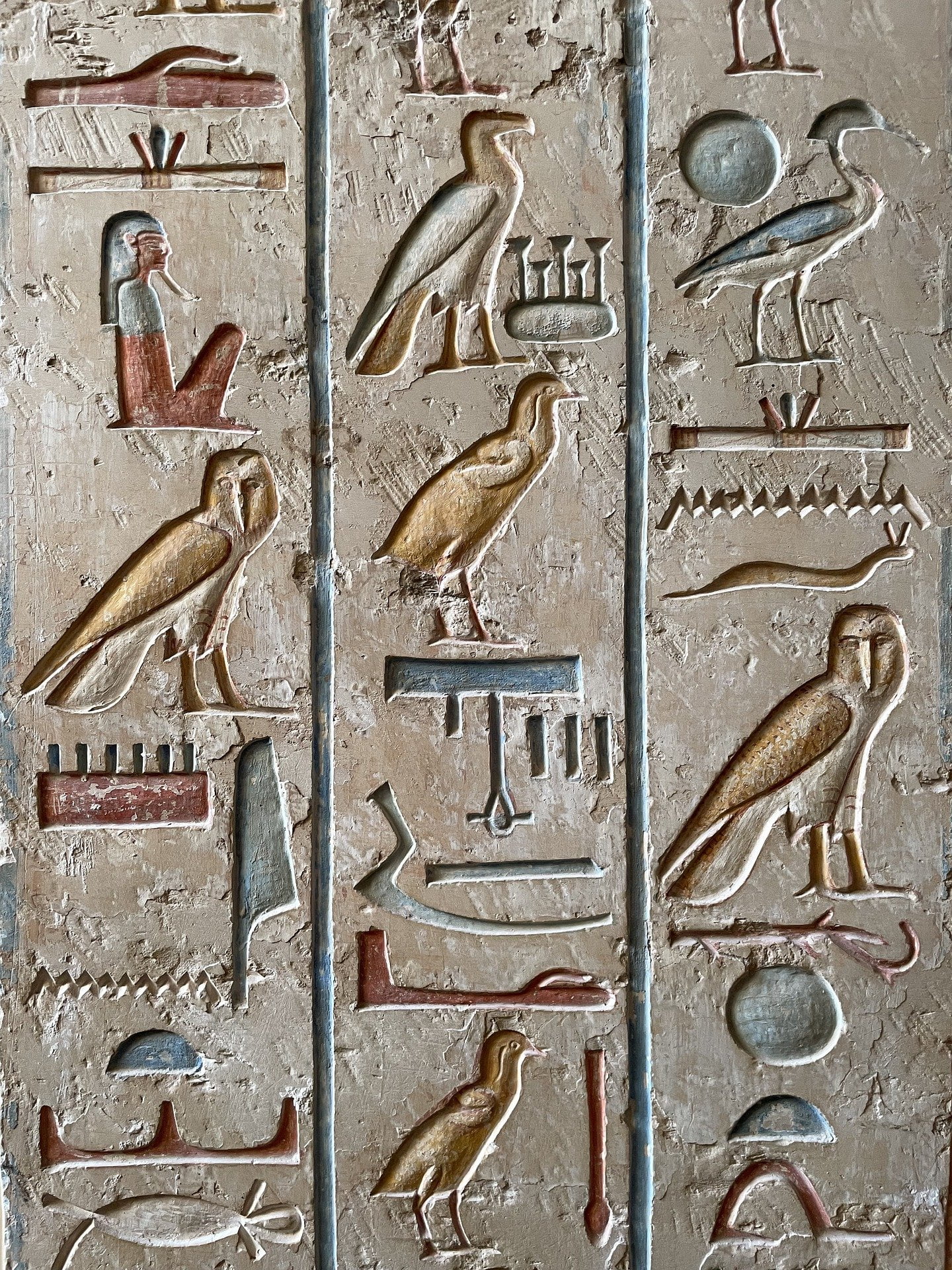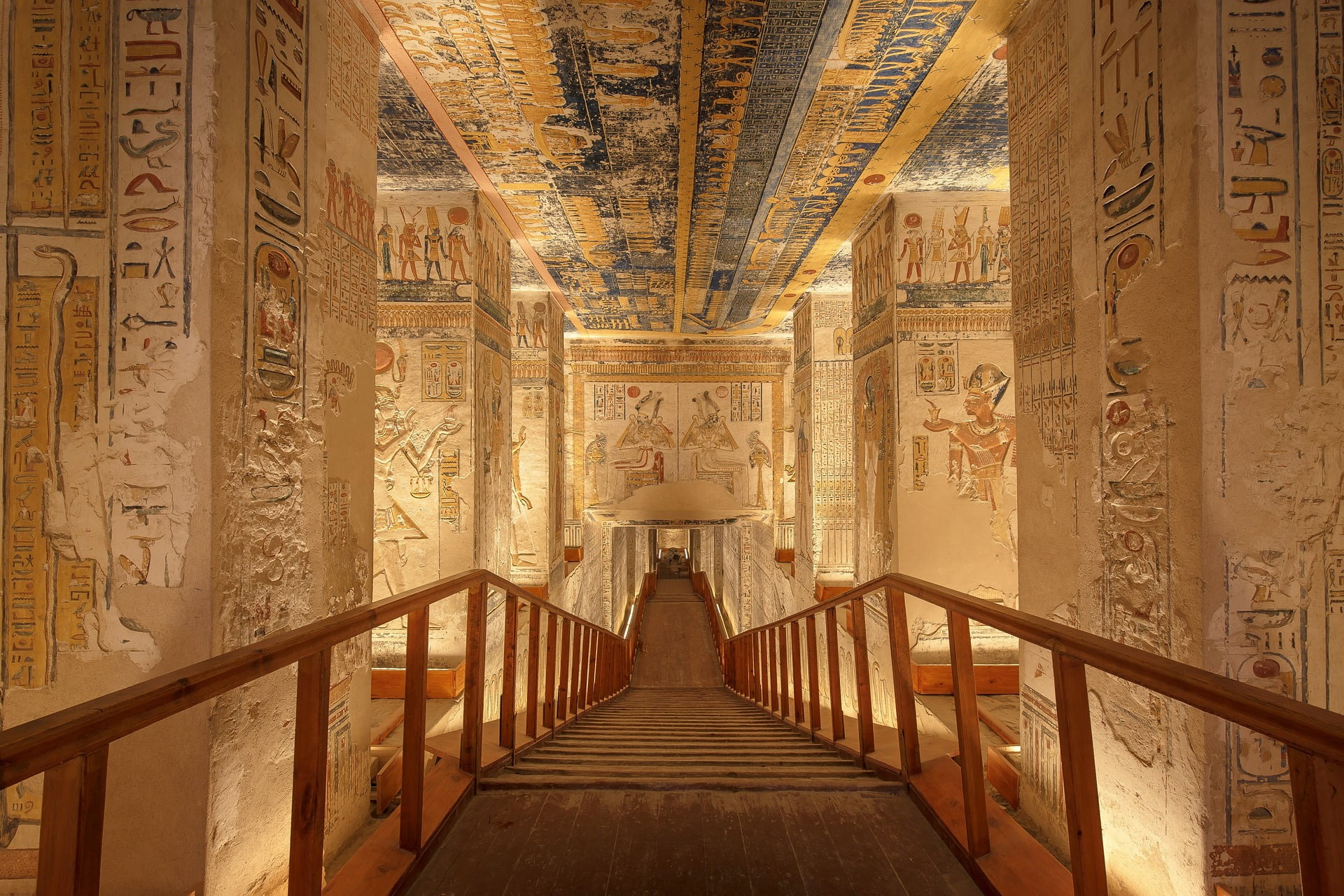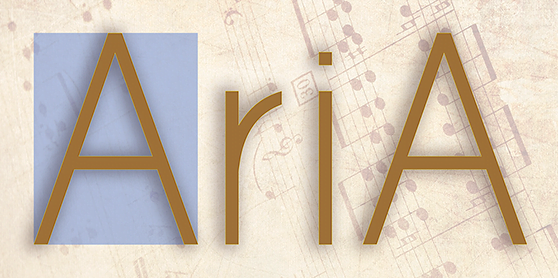The mysteries of ancient Egypt have always been a source of fascination for historians, archaeologists and tourists from all over the world. Despite countless excavations and discoveries, the pyramids, the Sphinx and other places of worship still hold many mysteries. However, thanks to recent technological advances, scientists are finally getting closer to unraveling the last secrets of this ancient civilisation. In this article, we take a look at the latest discoveries and attempts to decipher the secrets of Egypt's mysterious past.
Exploring Egypt's mysterious past
The Egyptian civilisation emerged over 5,000 years ago and has left an indelible mark on human history. However, many questions about this ancient civilisation remain unanswered. For example, how did the Egyptians build the pyramids with such precision and ingenuity? How did they develop their writing system - hieroglyphics? And how did they manage to preserve their mummies so well? These are all mysteries of ancient Egypt.
Archaeologists have been studying these questions for many years but recent technological advances are helping them to make significant progress. For example, the use of satellite imagery is making it possible to discover new sites and structures that were previously unknown. Scientists are also using DNA analysis to learn more about the genetic make-up of the ancient Egyptians. By piecing together the evidence, researchers better understand how this ancient civilization lived, worked and thrived.

Unlocking the Last Secrets - Secrets of Ancient Egypt
Despite centuries of research, there are still many mysteries surrounding the ancient Egyptians. For example, why did they create the Great Sphinx and what does it symbolise? Scientists are also trying to determine how the ancient Egyptians were able to create elaborate tombs and temples with such precision. They are also studying the beliefs of the ancient Egyptians to understand how they viewed the afterlife.
One of the most significant discoveries of recent years has been the discovery of the 'lost city' at Luxor. This site, dating back to the reign of Pharaoh Amenhotep III, is believed to have been a centre for the production of decorative objects. Archaeologists have found many artefacts, including ceramics, tools and jewellery, which give a new insight into how the ancient Egyptians lived and worked.
Deciphering Egypt's legendary monuments
The pyramids, the Sphinx and other iconic monuments are symbols of Egypt's greatness and ingenuity. But they also hold many mysteries that researchers are still trying to unravel. For example, why did the ancient Egyptians build the pyramids and how did they manage to align them so precisely with the stars? Scientists are also studying the Sphinx to understand its original meaning and significance.
One of the most exciting recent discoveries has been the use of muon radiography to study the internal structure of pyramids. This technology uses particles that can penetrate solid objects to create an image of what's inside. Using this technology, scientists have discovered previously unknown chambers inside the pyramids that may hold the mysterious secrets of ancient Egypt.

Where was Cleopatra, the last queen of Egypt, buried?
It is said that before she died, Cleopatra, the last queen of Egypt, asked her enemy Octavian, the future Roman emperor who conquered Egypt, for a favour: she wanted to be buried with her husband, the leader Mark Antony. She then allowed herself to be bitten by a very poisonous snake and died in 30 B.C. Apparently, Octavian kept his promise: Cassius Dion, the ancient Latin historian, writes that the two lovers "were embalmed in the same way and buried in the same tomb". But, where exactly?
No one knows. Some scholars believe it is in the queen's palace, but it is now underwater and impossible to verify; others continue to investigate sources to find out: such is the case of Egyptian archaeologist Zaha Hawass, who in 2009 announced that he had found a tomb under the temple of the god Osiris, in the ancient city of Taposiris Magna (modern Abusir). He said it was evidenced by some coins, a carved bust of Cleopatra and a mask that appears to depict Antony. His colleagues, however, are sceptical and after two thousand years the mystery remains a mystery.

Ancient Egyptian mysteries continue to fascinate and mesmerise people all over the world. Thanks to the tireless efforts of archaeologists, historians and scientists, we are gradually unravelling the secrets of this enigmatic civilisation. As technology advances, we can only dream of what we will discover in the future. But one thing is certain: the legacy of this ancient civilisation will continue to inspire and amaze us for generations to come.


 and then
and then 
